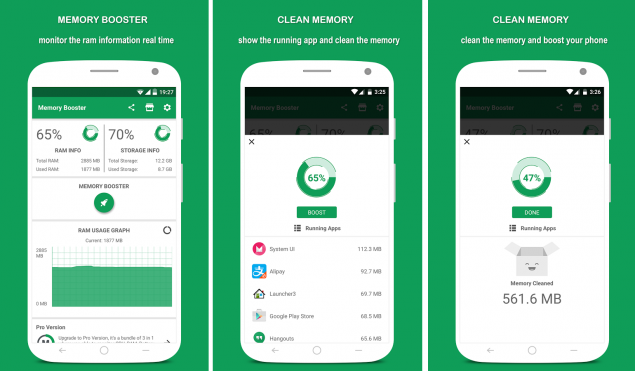

:max_bytes(150000):strip_icc()/all-cpu-meter-gadget-5ab3cc5d1f4e13003727e75d.png)
We are calling the psutil.disk_usage() function with the root directory ( '/') as an argument, which returns a namedtuple containing information about the disk usage. In this example, we are using a while loop to continuously monitor the disk usage of the program. cpu_percent ( interval = 1 ) print ( f "CPU Usage: %" ) time. Import psutil import time while True : cpu_percent = psutil.
#Cpu and ram monitor code
Please refer to this code as experimental only since we cannot currently guarantee its validity ⚠ This code is experimental content and was generated by AI. To get started, we will be using the psutil library, which provides an easy way to retrieve information about system utilization. Monitoring resource usage can help you identify any bottlenecks or issues that may arise on different devices, allowing you to optimize your code accordingly.įinally, monitoring resource usage can help you identify any memory leaks or other issues that may cause your program to crash or behave unexpectedly. Secondly, different devices have different hardware configurations, which can impact how your program runs. By identifying which parts of your program are using the most resources, you can focus on optimizing those areas to improve overall performance. Why Monitor Resource Usage?īefore we dive into the technical details, let’s briefly discuss why monitoring resource usage is important.įirstly, monitoring resource usage can help you optimize your code.

#Cpu and ram monitor how to
In this article, we will explore how to get the current CPU, GPU, and RAM usage of a particular program in Python. This can help you optimize your code and ensure that it runs efficiently on various devices.
#Cpu and ram monitor software
Nevertheless, it features only basic options.| Miscellaneous ⚠ content generated by AI for experimental purposes onlyĪs a data scientist or software engineer, you may need to monitor the resource usage of a particular program in Python. RAM Monitor Gadget can be easily operated by any users who want to keep an eye out of used memory. We haven't experienced any compatibility issues with the newest Windows version in our tests. This configuration can be reset to default any time. View a graph and data about RAM usageīy opening the right-click menu of the systray icon, you can access the configuration panel of the RAM monitoring tool, in order to customize background color and font, as well as to adjust the transparency level of the panel with the RAM graph. Beneath it is data with the current and total used memory. The program creates an icon in the systray at launch and shows a small, plain window with a graph that represents the RAM usage. However, this option can be disabled if you wish to deploy it manually, only when needed. The only noteworthy aspect about setup is that RAM Monitor Gadget offers to automatically run every time you turn on the computer. Aside from some customization options, the app doesn't come bundled with any other settings, ideal for those who don't want to trouble themselves over complicated features they're likely to never use. RAM Monitor Gadget is a tiny Windows utility made for users interested in a simple and straightforward software solution for keeping an eye out for the system memory. With the aid of such a program, it's possible to determine the cause of RAM hogs and decide the best course of action to take next. Having a RAM monitor nearby comes in handy for quickly checking the current memory that's being used by the computer while you're playing a game or loading an application which you suspect to be resource-demanding.


 0 kommentar(er)
0 kommentar(er)
